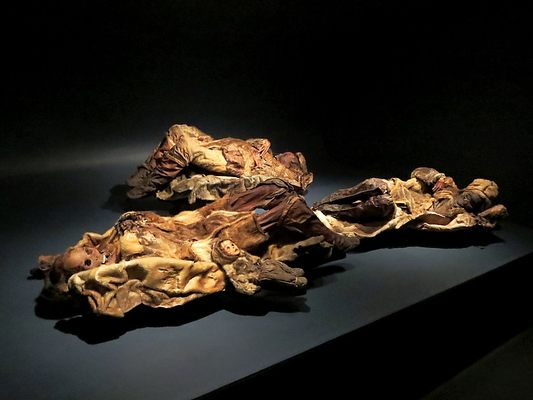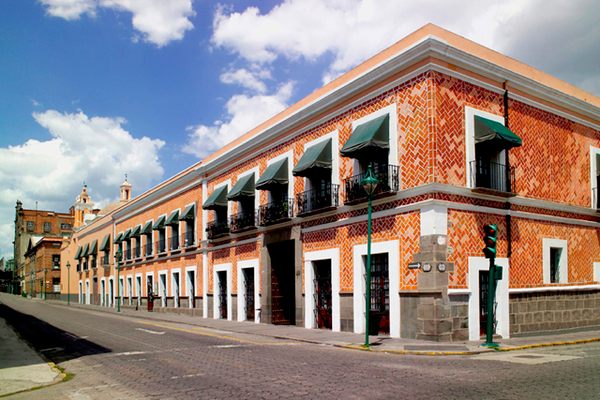About
When two brothers went out hunting for grouse one morning in 1972, they had no idea they'd end the day uncovering what would become one of Greenland's most treasured artifacts. But that's exactly what happened.
As the pair combed the landscape for game, they came across the abandoned Inuit settlement of Qilakitsoq, and soon uncovered eight frozen mummies that had been buried under a large pile of stones. The corpses they found were not intended to be mummified at the time of their burial, but thanks to Greenland's ice-cold climate, the natural elements had kept the bodies in an exceptionally well-preserved state.
Alerting the authorities to their discovery, researchers and archaeologists journeyed to the site, knowing the newly discovered mummies were an unrivaled opportunity to learn more about the life, customs, and traditions of Greenland's native Inuit population.
Using x-ray and other methods to ensure the site remained as intact as possible, scientists were able to date the mummies—which totaled six women, a young boy, and an extremely young baby—to somewhere around 1475.
Along with the mummies, most of which were heavily tattooed on their foreheads, eyebrows, and chins, researchers uncovered 78 pieces of clothing that were made from reindeer, seal, and other skins. But the most interesting, or perhaps shocking, discovery was that the small infant mummy appeared to have been buried alive.
Inuit tradition at the time dictated that if a mother passed away, her smaller children must be buried with her, even if they were completely healthy. The reasoning for such a ghastly act is sad but seems practical for the time, with local cultural norms dictating that absent their mother, children had no one to care for them and must travel together with their maternal guardian to safely reach the land of the dead.
Related Tags
Know Before You Go
Four of the Qilakitsoq mummies are on permanent display at the Greenland National Museum in Nuuk. Admission is DKK 50, but check the museum's website for operating days/hours as they vary based on the season.
Published
September 26, 2019





















